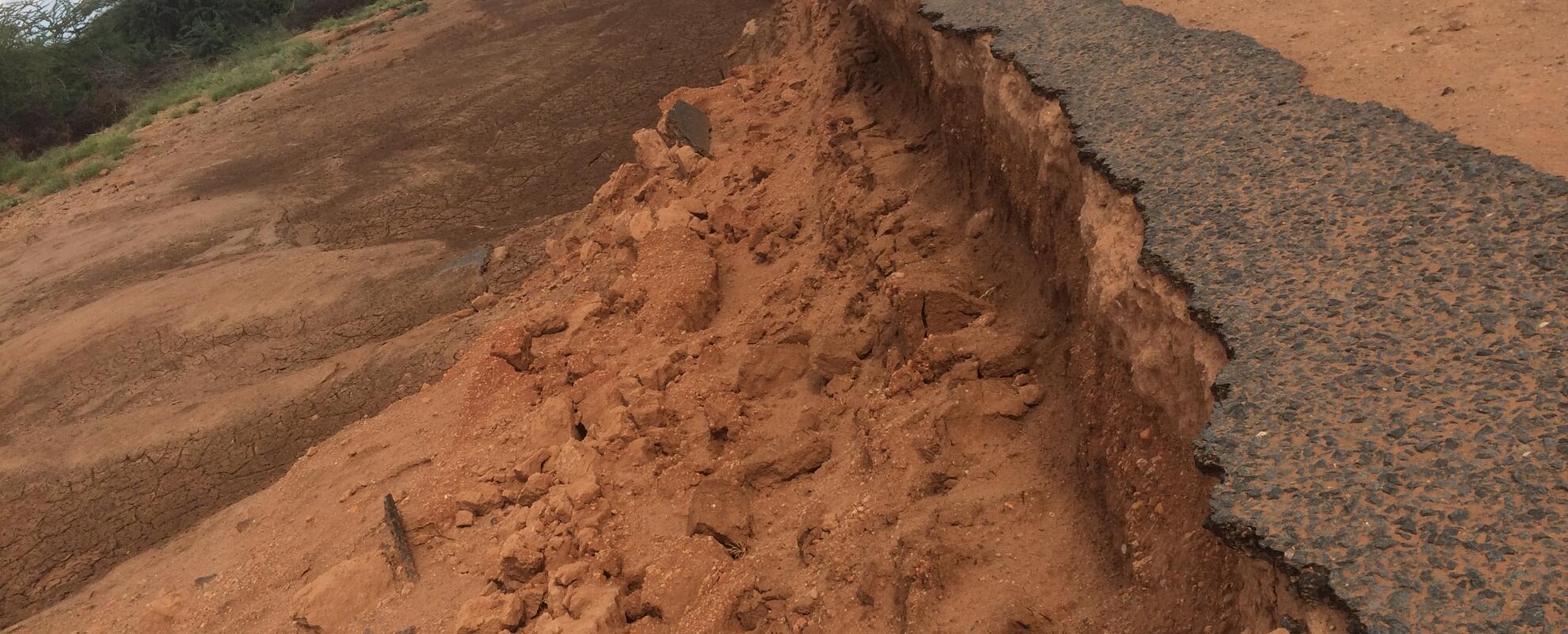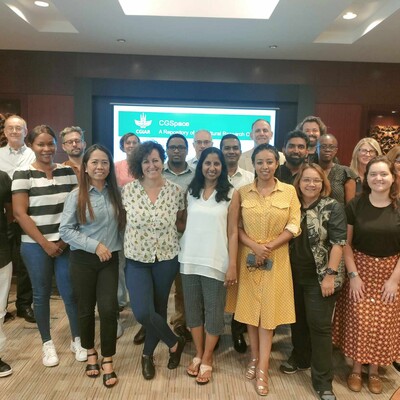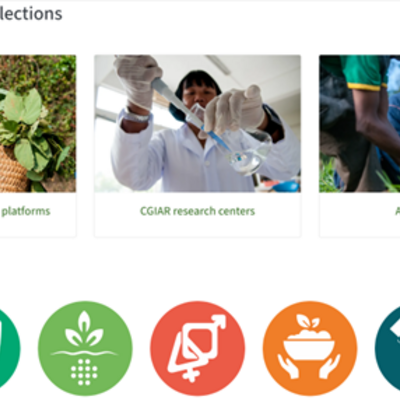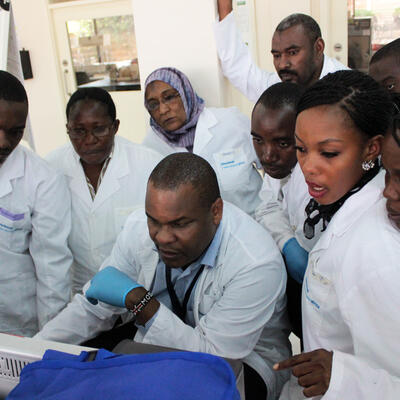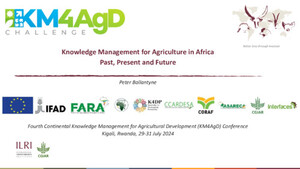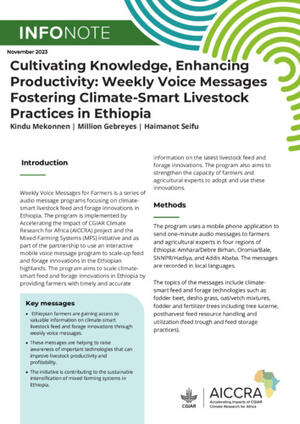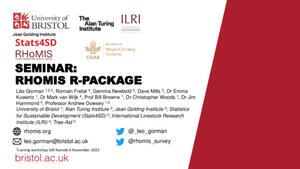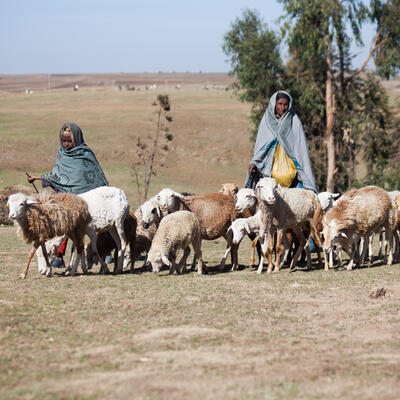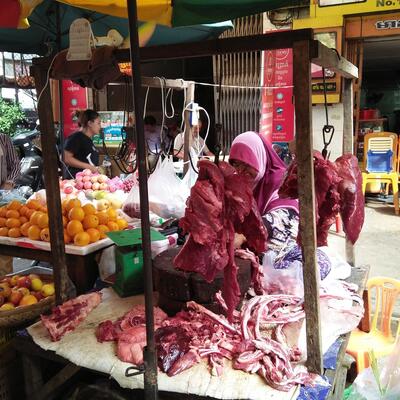
On the road to salvaging livestock market data: Digitizing livestock market data from Kenya’s arid and semi-arid regions
By Kevin Kidimu,
Research Associate, International Livestock Research Institute
Since independence, Kenya has grappled with collection of livestock market data. The livestock production department was established in 1987 and since then, the ministries of agriculture and livestock have been split and merged several times, negatively impacting the livestock subsector. The creation and dissolution of ministries has come with a change in priorities, which has resulted in glaring gaps in collection of livestock market information. Access to information on livestock prices, volumes traded at markets, breeds, sex and age group of animals, has been hampered.
Previous efforts to close these information gaps have not borne fruit due to intermittent funding from the National Treasury. Recurrent droughts in the recent past have compelled government and development partners to embark on efforts to boost resilience of pastoral communities to secure their livelihoods. To achieve this goal, it is important to have information that will help producers make better choices in livestock trade. This need has led the State Department of Livestock, through the World Bank’s Regional Pastoral Livelihoods Resilience Project (RPLRP), to revive data collection across livestock markets in pastoral and agropastoral counties of Kenya. Despite this effort, there have been challenges in collecting raw data. The State Department of Livestock (SDL) has now partnered with the International Livestock Research Institute (ILRI) to salvage livestock market data that has been collected over the years but is not available in the SDL database.
Continue reading this article in the Innovate Digest.





